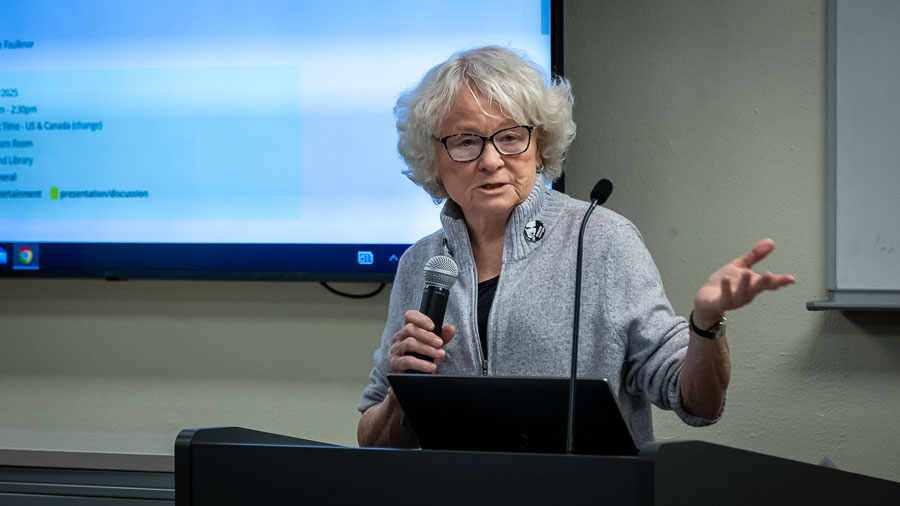OUR VIEW: Increased fire awareness sparks array of safety efforts
Published 6:00 am Friday, July 21, 2023

- OUR VIEW LOGO (NEW)
While the Flat Fire continues to rip through thousands of acres of dry forestland near Agness this week, the sights and smells of faint wisps of smoke made themselves home beneath the Rogue Valley’s inversion layer.
As if, by this point, anyone needs such reminders to know that we are in the midst of another season of wondering, and worrying, where and when flames will attack next.
Already this summer, we’ve seen small fires hit the hillside of Roxy Ann and inside the Ashland Watershed. The arrow monitoring Jackson County’s danger level swings right to the yellow High quadrant, and we know that someday soon it will find itself in the deep red of Extreme.
We’ve all grown more fire-conscious by necessity over the past decade. Growing numbers of homeowners have heeded the advice of those who fight and prevent fire damage, and they have taken preemptive measures in their yards.
Cities have gotten the word out, and the county itself has strengthened its current emergency preparedness efforts while committing to the construction of a multi-purpose facility at The Expo to handle the aftermath of the next Almeda — because, as we all know, there will be a “next Almeda.”
The state, meanwhile, has begun the task of redrawing its highly controversial “wildfire risk” map, the first version of which drew fierce opposition from those living in impacted locations.
Individual communities are becoming proactive, as well.
In Butte Falls, spurred by the near-miss that spared the city from the destructive path of the Obenchain Fire in 2020, 400 acres of woodland previously owned by a timber company have been purchased to create a community forest that the town will manage itself.
The ambitious plan, which state officials say could serve as a model program, serves a dual purpose — to create recreation opportunities while simultaneously working with experts to reduce sources of fuel that would feed an approaching fire.
Over in Ashland, where firewise efforts have a long history, a current project that combines logging interests and fuel-reduction has sparked some blowback.
Faced with a climate-driven and escalating die-off of fir trees similar to what elsewhere in the Pacific Northwest has been dubbed “Firmageddon,” city fire officials are working with landowners and timber interests to prepare for the removal of dead trees.
“We need to do what we can for as long as we can to maintain the forests,” said Chris Chambers, division chief for Ashland Fire & Rescue. “The truth is, some of our forests are going away, and it is very concerning.”
It wouldn’t be Ashland, however, if there weren’t some heated debate over a critical issue.
Dominick DellaSalla, a Talent resident and climate scientist, didn’t hold back when arguing that the city has misplaced its priorities in addressing the possibility for catastrophe.
“It’s laughable,” he said of the city’s plan, which will include helicopter logging efforts this winter. “What you’re doing in the backcountry will have zero impact on home ignition.”
DellaSalla said that it was more important to invest resources closer to home — in both housing construction and defensible landscaping — adding that the swath of dead Douglas firs are less of a danger than the response of private landowners whose actions belie acceptance of the serious threat.
In the end, whatever approaches work to minimize the risk of the “next Almeda” should be seen as a sign that our tenuous position in a fire-prone climate is being taken seriously.
Which might be enough to offer a reprieve from the wondering and worrying — temporarily, at least.










